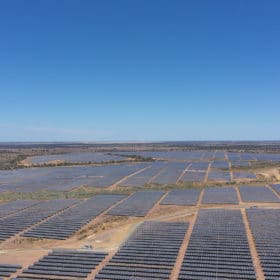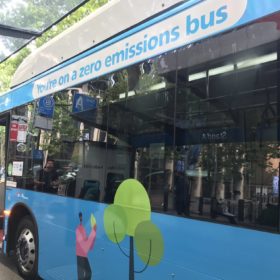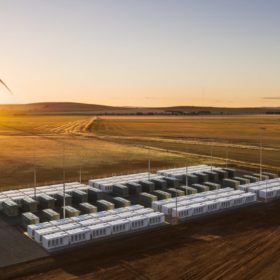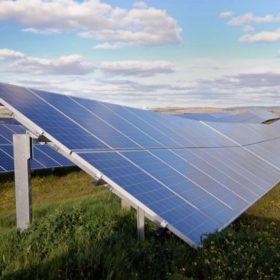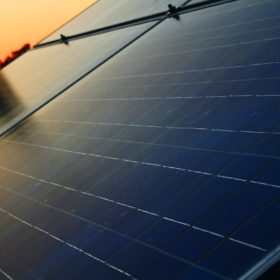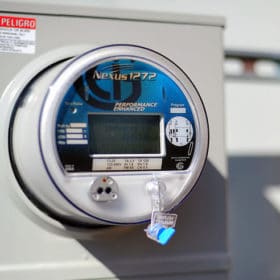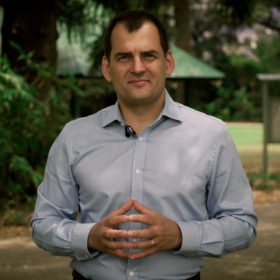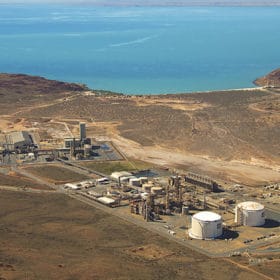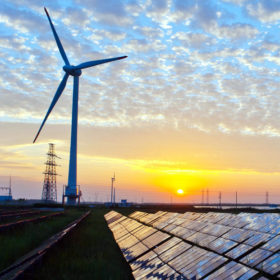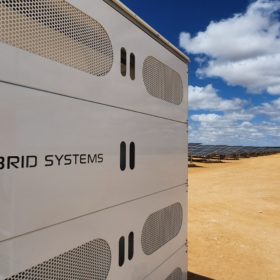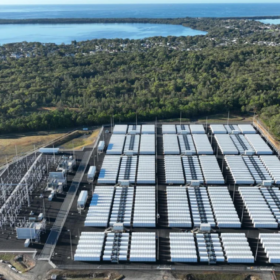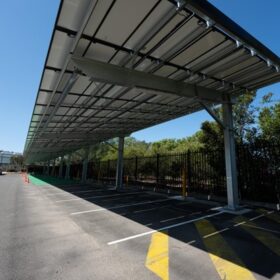GRS named as EPC of X-Elio’s 200 MW Blue Grass Solar Farm
Spanish solar companies are passing business to each other in Australia like a football between Xavi and Iniesta. X-Elio has announced fellow Spanish company GRS as the EPC for its big entry into the Australian market, the 200 MW Blue Grass Solar Farm in Queensland’s Western Downs.
Electric buses coming early, NSW to transition entire fleet by 2030
New South Wales Minister for Transport and Roads, Andrew Constance, has announced an accelerated 2030 target for the transition of the NSW Government’s 8,000 strong bus fleet. With buses moving that quick Sandra Bullock must be behind the wheel.
What are batteries?
Batteries are coming to a grid near you, if they’re not there already. Little ones in households and big ones like in Hornsdale, South Australia are being deployed in support of the clean energy revolution. But what are they doing there? What can batteries do?
QCC warns Queensland losing renewables race
The Queensland Government will invest $500 million in the development of publicly owned solar and wind farms over the next four years but the Queensland Conservation Council (QCC) has warned the state “risks being left behind” the rest of Australia in its transition to renewable energy.
Tamworth Solar Farm and battery storage approved
The proposed 65 MW Tamworth Solar Farm and integrated battery storage system is a step closer to fruition after the NSW Department of Planning, Industry and the Environment gave the project its tick of approval.
AEMC to review smart meter rules
The Australian Energy Market Commission has launched an independent review into the rules governing electricity meters to see what needs to be done to accelerate the take-up of smart meters.
How to grow a mid-scale market segment
When Komo Energy founders Gerald Arends and Jonathan Prendergast spoke to pv magazine Australia almost six weeks ago, Australia’s knowledge gap about the mid-scale segment lay between them and their vision of a flowing pipeline of projects.
Engie and Yara partner to develop Pilbara Hydrogen Hub
Engie and ammonia producer Yara have published findings from their long-awaited feasibility study into the development of renewable hydrogen and ammonia at Yara’s Pilbara Fertilisers plant. The study has led to development plans for large-scale renewable hydrogen and ammonia development with the first phase, a 10 MW solar farm and electrolyser, already instigated.
Australia’s states have been forced to go it alone on renewable energy, but it’s a risky strategy
Several Australian states are going it alone on the the energy transition. The policies adopted by New South Wales, Victoria, Queensland and others represent major departures from the existing national approach, and run counter to the neoliberal principles underpinning the current system.
Hazardous waste facility now 100% renewably powered in daytime thanks to solar microgrid
A Hybrid Systems Australia solar and battery energy storage microgrid at Tellus’s remote Sandy Ridge hazardous waste clean up facility means that the project runs off 100% renewable power in daylight hours.
